During the Victorian era, flowers were used to convey hidden messages and express emotions that otherwise could not be spoken aloud. This practice is known as floriography or the language of flowers. Here is an overview of the meanings behind some of the most popular Victorian flowers.
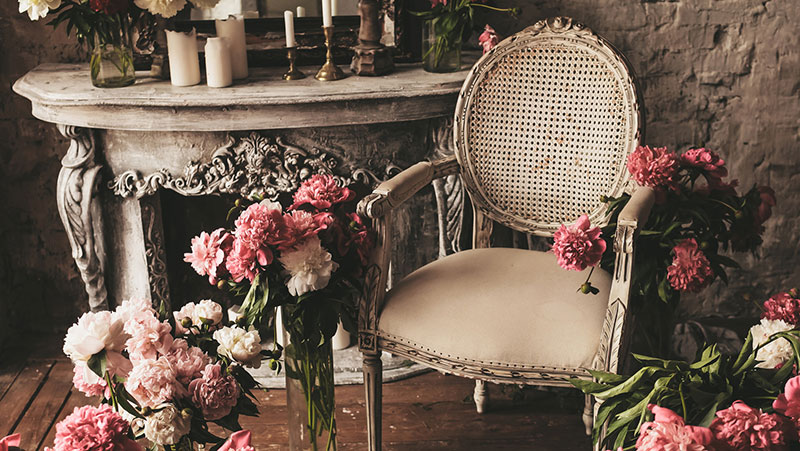
History of the Victorian Flower Language
The Victorian flower language first arose in England and France in the early 1800s. At the time, strict social etiquette discouraged outward displays of emotion. Flowers offered a subtle way for lovers and friends to communicate feelings that could not be expressed directly. Books were published that listed the meaning behind different blooms.
The peak popularity of the floral dictionary came during the reign of Queen Victoria in England from 1837 to 1901. Upper and middle-class Victorians used flowers to convey coded messages at social gatherings. Suitors often courted young ladies using floral bouquets. The recipient would understand the implied meaning based on the flowers included.
Meanings of Common Victorian Flowers
Here are some of the most common flowers used in Victorian floriography and what each bloom represented:
Roses
Victorian Flower Language, also known as “the language of flowers”, was a popular form of communication in the Victorian Era. During this time, flowers were used to convey secret messages and express emotions that could not be spoken aloud due to strict societal rules. Roses, being one of the most beloved flowers at the time, held special meanings and were often used to express one’s feelings towards another.
The color of a rose played a significant role in determining its meaning in Victorian Flower Language. Each hue conveyed a different message, allowing individuals to communicate their sentiments without using any words. The red rose, in particular, was highly regarded and symbolized love and respect. It was often given as a token of romantic love and held great significance in expressing deep emotions towards someone.
Pink roses
On the other hand, represented grace and joy. They were often associated with feelings of happiness and gratitude, making them a popular choice for expressing appreciation and admiration towards someone. In the Victorian era, it was considered a kind gesture to gift pink roses to a dear friend or someone who had done a good deed.
White roses
Were a symbol of innocence and silence. They were often given to apologize for a mistake or to express sympathy and condolences. In some cases, they were also used to convey a secret admirer’s feelings towards someone. White roses were considered pure and gentle, making them a popular choice for weddings and other formal occasions.
Yellow roses
Were associated with friendship and joy. They were often given to friends to show appreciation and celebrate the bond between them. Unlike red roses, which were reserved for romantic love, yellow roses were a more casual and platonic way of expressing affection towards someone.

Lavender roses
Had a unique meaning in Victorian Flower Language – love at first sight. They were often given to someone upon first meeting them, as a way of expressing immediate attraction and interest. Lavender roses were also associated with enchantment and could be given to someone to show that they were captivated by their charm.
Orange roses
Represented passion and desire. They were often given as a symbol of intense and fiery love. This color was also associated with enthusiasm and excitement, making it a popular choice for new relationships or to reignite the spark in an existing one.
Victorian Flower Language gave individuals a way to express their deepest emotions through the language of flowers. Roses, with their various colors and meanings, were a significant part of this form of communication and played a crucial role in conveying love, respect, friendship, and other sentiments. The use of this language added a sense of mystery and romance to relationships, making it a cherished tradition in the Victorian era and beyond.
Carnations
Victorian Flower Language, also known as floriography, was a popular form of communication during the Victorian era. During this time, people were not always able to openly express their feelings and emotions, so they turned to flowers to convey their messages. Each type of flower had a specific meaning, and even the color of the flower could change its message.
One of the most commonly used flowers in Victorian Flower Language was the carnation. This beautiful flower comes in a variety of colors, each with their own unique meaning. Let’s take a closer look at the different meanings associated with each color of carnation.
Pink Carnations
Were often used to express gratitude and appreciation. They were a way to say “thank you” to someone for their kindness or help. Pink carnations were also associated with maternal love, making them a popular choice for Mother’s Day bouquets.
Red carnations
on the other hand, were a symbol of deep love and admiration. They were often given as a romantic gesture, conveying strong feelings of love and passion. Red carnations were also seen as a sign of respect and admiration, making them a suitable gift for someone you hold in high regard.
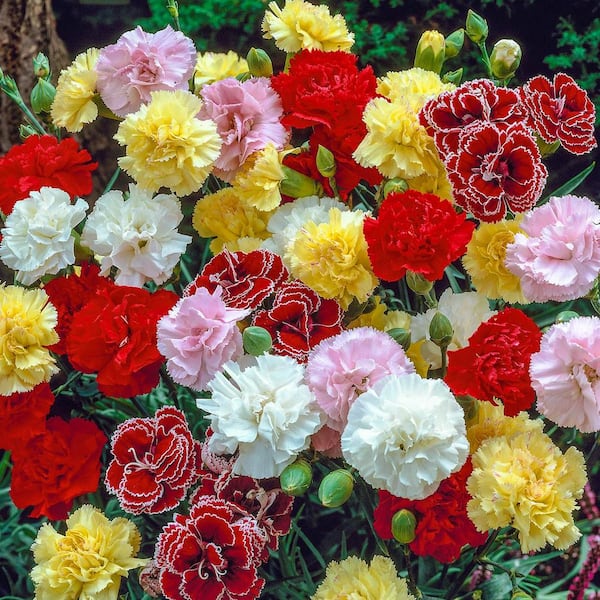
White carnations
represented innocence and pure love. They were often used in weddings and symbolized the purity and devotion of a new marriage. White carnations were also given as a sign of loyalty and commitment in relationships.
Striped carnations
with their unique pattern of red and white stripes, had a more complex meaning. They were often associated with regret and rejection, and were used to apologize or ask for forgiveness. Striped carnations were also seen as a symbol of refusal, making them an appropriate choice if you needed to turn down someone’s advances.
In addition to their individual meanings, carnations were also used to send secret messages through the number of petals in a flower. For example, a single red carnation symbolized “yes,” while a single white carnation meant “no.” Seven carnations of any color meant “I am taken,” and nine carnations meant “I will always love you.”
Victorian Flower Language was more than just a way to send beautiful bouquets. It was a subtle and romantic form of communication that allowed people to express their feelings and emotions without saying a word. Carnations, with their various colors and meanings, were an important part of this language and continue to be a popular flower choice for these symbolic messages today. Whether it’s a bouquet of red carnations to show your love or a pink carnation to say thank you, the Victorian Flower Language adds a special touch to any floral gift.
Lilies
The Victorian era was a time of great romanticism and sentimentality, and one of the ways that people expressed their feelings was through the language of flowers. Many different types of flowers were assigned specific meanings, which allowed individuals to convey their emotions without ever having to say a word.
Among the most popular flowers of this time period were lilies, which came in a variety of colors and carried different meanings depending on their hue. Let’s take a closer look at the Victorian language of lilies and what each color symbolized.
White lilies
with their pristine and delicate appearance, were often associated with purity and virginity. This was due to their association with the Virgin Mary in Christian iconography. In Victorian times, white lilies were often given as gifts to young women as a symbol of their innocence and virtue. They were also used in wedding bouquets and decorations to represent the bride’s pure and chaste love for her groom.
Yellow lilies
had a more complex meaning in the Victorian language of flowers. While they were often seen as a symbol of thankfulness and gratitude, they could also represent falsehood. This duality is likely due to the fact that yellow is a color associated with both happiness and deceit. So, while giving someone a bouquet of yellow lilies might be seen as a kind gesture, it could also carry a subtle warning about the recipient’s actions or intentions.
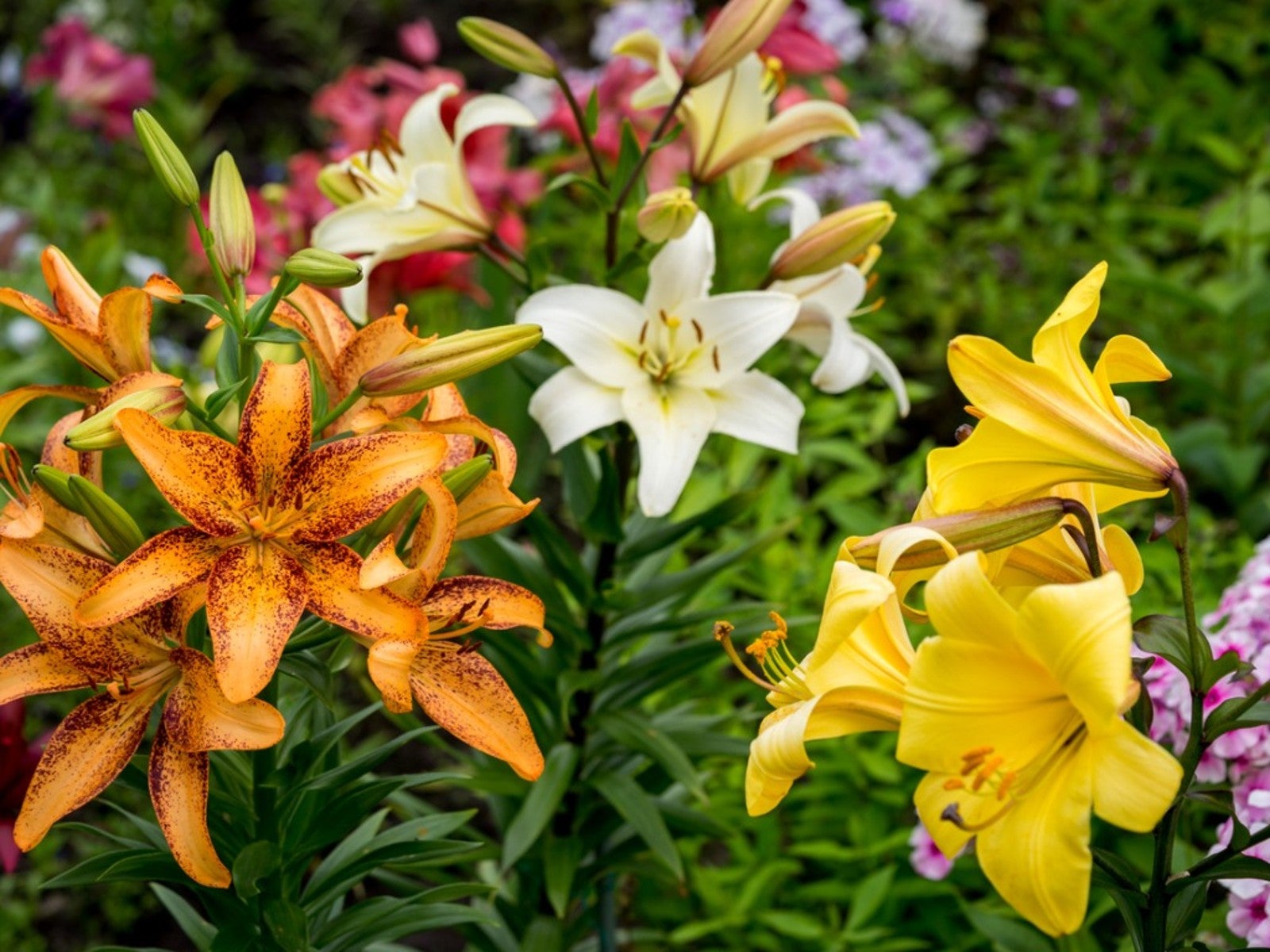
Calla lilies
with their elegant and trumpet-like shape, were highly prized for their beauty and magnificence in Victorian times. As such, they were often given as a token of admiration and adoration to someone special. Calla lilies were also commonly used in bridal bouquets, as they were seen as a symbol of the bride’s stunning and radiant beauty on her special day.
In addition to their individual meanings, lilies in general were also seen as a symbol of purity and perfection. This was due to the flower’s long history as a religious and spiritual symbol, as well as its association with the Virgin Mary. As such, lilies were often given as a representation of the sender’s pure and sincere intentions towards the recipient.
Lilies were an important part of the Victorian language of flowers and carried significant meanings depending on their color. White lilies symbolized purity and innocence, yellow lilies represented thankfulness or falsehood, and calla lilies were associated with beauty and magnificence. Together, these flowers embodied the romantic and sentimental nature of the Victorian era, and their meanings continue to be cherished and appreciated to this day.
Daisies
Victorian Flower Language, also known as floriography, was a way for people to convey hidden messages and emotions through the use of flowers. Each flower had its own symbolic meaning, and by gifting a specific flower, the sender could express their feelings without having to say them out loud.
One of the most popular flowers in Victorian Flower Language is the daisy. Daisies have been valued for centuries for their beauty, simplicity, and cheerful appearance. They are often associated with innocence, purity, and love, making them a perfect gift for expressing heartfelt sentiments.
In Victorian Flower Language, daisies represented innocence and loyal love. The pure white petals of the daisy symbolized innocence, while the yellow center depicted a sunny and happy disposition. This made them a popular choice for young girls or those who were young at heart.
Daisies were also used to represent loyal love. The circular shape of the flower mirrors that of a wedding ring, symbolizing everlasting love and commitment. Giving a bouquet of daisies to a loved one expressed devotion and fidelity, making them a popular choice for weddings, anniversaries, and other romantic occasions.
Daisies also held special significance in the language of flowers when given to someone you admired secretly. In this context, they served as a symbol of unspoken affection and conveyed the message “I will never tell.” This practice was particularly prevalent among young lovers who were not allowed to express their feelings openly.
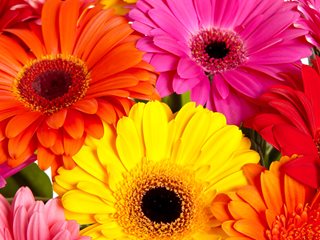
Moreover, daisies were often used as a symbol of hope and new beginnings. This is because the flower blooms in the springtime, signaling the start of a new season and the rebirth of nature. As a result, daisies were often given to someone going through a difficult time to uplift their spirits and remind them that there is always hope for a better tomorrow.
Daisies hold a special place in Victorian Flower Language as a symbol of innocence, loyal love, hope, and new beginnings. Today, they continue to be loved and cherished for their beauty, simplicity, and ability to convey heartfelt emotions without the need for words. So, the next time you receive a bouquet of daisies, remember the hidden message behind them and cherish the sentiment that comes with it.
Violets
Victorian flower language, also known as floriography, was a popular way of communicating feelings and emotions through the use of flowers during the Victorian era in England. Each flower had a specific meaning or message attached to it, making it a subtle and romantic way to convey sentiments without having to express them directly. One of the most well-known and beloved flowers in this language is the violet, which carries multiple symbolic meanings.
Faithfulness is one of the main meanings associated with violets in Victorian flower language. The small, delicate flowers were often given as a token of devotion and commitment to a loved one. This could be from a romantic partner, but it was also common for friends and family members to exchange violets as a symbol of their everlasting loyalty to one another. This meaning is thought to have originated from Greek mythology, where violets were associated with Aphrodite, the goddess of love, and Zeus, the king of gods, who were both known for their unwavering loyalty.
Loyalty is another important aspect of violets in Victorian flower language. This meaning is closely tied to faithfulness, as both represent a strong and unbreakable bond between two individuals. However, loyalty can also refer to a sense of duty and allegiance towards a cause or belief. In this context, violets were often given to soldiers going off to war as a symbol of their dedication and bravery. It was also common for people to wear violets as a sign of support for political causes, such as women’s suffrage or social reforms.

Modesty is the third significant meaning associated with violets in Victorian flower language. The small and unassuming appearance of violets was seen as a representation of humility and modesty. They were often exchanged between friends and admirers as a way to express admiration and respect without being too forward or showy. Additionally, violets were believed to have the power to calm and soothe the mind, making them a symbol of tranquility and modesty in times of conflict or chaos.
Violets played a significant role in Victorian flower language, representing faithfulness, loyalty, and modesty. These meanings were often associated with romantic relationships, but they also had broader implications in terms of friendship, politics, and personal values. The delicate and unassuming appearance of violets made them a popular choice for expressing sentiments subtly and discreetly, making them an essential part of Victorian society’s communication and culture.
Sunflowers
The Victorian era, which spanned from 1837 to 1901, was a time of great cultural and social change. One of the aspects of this era that is often overlooked is the use of flower language. This was a form of communication in which specific flowers were used to convey different sentiments and emotions. In this essay, we will explore one of the most popular Victorian flowers, the sunflower, and its associated meanings in the Victorian flower language.
Sunflowers are known for their bright yellow petals and large size, making them a favorite among many people. However, during the Victorian era, they held a much deeper significance than just being a beautiful flower. The three main meanings associated with sunflowers in the Victorian flower language are adoration, loyalty, and longevity.
Adoration is one of the most common meanings associated with sunflowers. This is due to the fact that sunflowers are known to follow the movement of the sun, always facing towards it. This behavior gave rise to the belief that sunflowers symbolize adoration and devotion. In the Victorian era, giving someone a sunflower was seen as a way of expressing your deep admiration and love for them. It was a way of saying that you would follow them wherever they go, just like how the sunflower follows the sun.
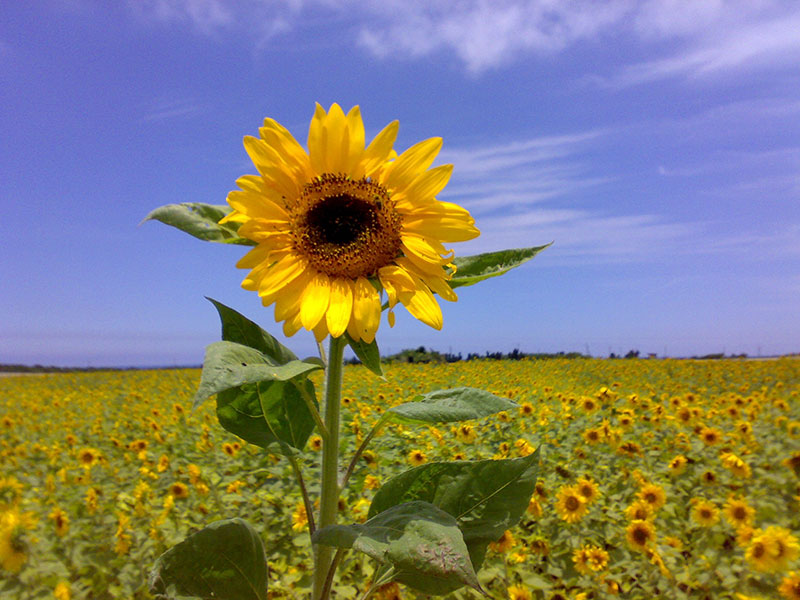
Loyalty is another important meaning associated with sunflowers in the Victorian flower language. This is because sunflowers have strong and sturdy stems that keep them upright, even in the face of strong winds. This characteristic was seen as a symbol of loyalty and steadfastness. During this era, giving a sunflower to someone was seen as a way of showing your unwavering loyalty to them through any circumstances. It was a way of conveying that you would always stand by their side and support them no matter what.
Finally, sunflowers also symbolized longevity in the Victorian flower language. This is because sunflowers have a long lifespan, with some varieties able to survive for up to 10 years. This longevity was seen as a representation of enduring love and friendship. Giving someone a sunflower was seen as a way of wishing them a long and happy life filled with love and friendship.
Sunflowers hold deep significance in the Victorian flower language, symbolizing adoration, loyalty, and longevity. These meanings are still relevant today, making sunflowers a popular choice for bouquets and arrangements, especially for special occasions such as weddings and anniversaries. Next time you see a sunflower, take a moment to appreciate its hidden meanings and the rich cultural history behind it.
Chrysanthemums
The Victorian era was a time of great societal change and advancement, particularly in the field of literature and art. As such, there emerged a new form of communication called the “language of flowers” or “floriography”, which was popularized during the reign of Queen Victoria. This form of communication involved using various types of flowers to convey different messages and emotions, allowing individuals to express their feelings without having to use words. Each flower had a specific meaning attached to it, and the combination of different flowers in a bouquet could create a complex message.
One of the most commonly used flowers in the Victorian flower language was the chrysanthemum. This beautiful and vibrant flower held significant symbolism in Victorian society, representing both truth and optimism. Let us delve deeper into the meaning and significance behind the chrysanthemum in the Victorian flower language.
Truth is a concept that has always been valued and sought after, but in the Victorian era, it took on even greater importance. The people of this era prided themselves on being honest and truthful in all aspects of life, including their relationships and interactions with others. This value is reflected in the symbolism of the chrysanthemum as a flower that conveys truth. It was believed that giving someone a chrysanthemum would not only convey the message of truthfulness but also encourage them to be honest and sincere in their dealings.
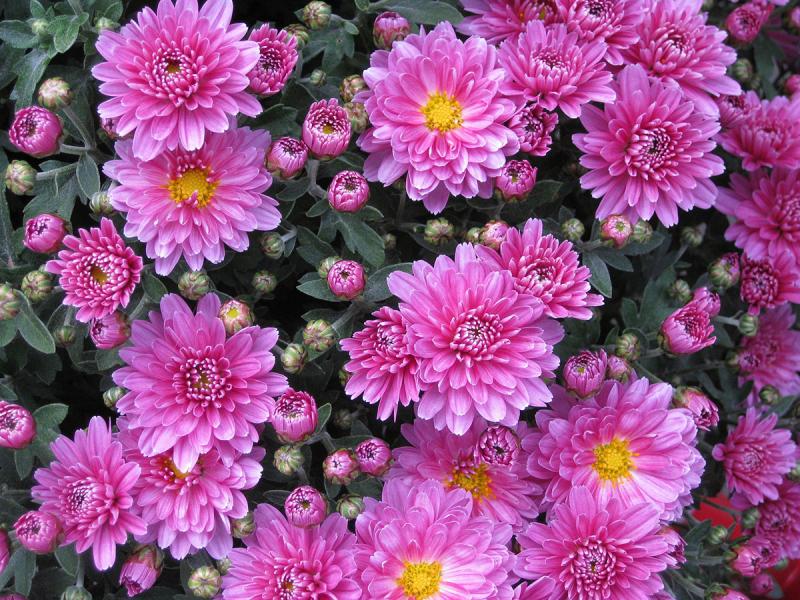
In addition to truth, chrysanthemums were also associated with optimism in the Victorian flower language. The Victorians were a highly optimistic society, always looking towards the future with hope and positivity despite the challenges they faced. The chrysanthemum’s bright and cheerful colors, such as yellow, pink, and orange, were seen as a representation of this optimistic outlook. Giving a chrysanthemum bouquet to someone was seen as wishing them good luck and success in their endeavors, and encouraging them to have a positive attitude towards life.
Apart from these overarching meanings, different colors of chrysanthemums also held specific symbolism in the Victorian flower language. For example, white chrysanthemums represented honesty and purity, while red chrysanthemums symbolized love and passion. Pink chrysanthemums were associated with friendship and affection, making them a popular gift among friends and family members.
The Victorians also believed that the energy and vibration of flowers could influence a person’s mood and emotions, which further enhanced the significance of the chrysanthemum in their society. They believed that keeping chrysanthemums in the home would bring positivity and good vibes, making it a popular flower for decorations and floral arrangements.
Chrysanthemums held great significance in the Victorian flower language, representing both truth and optimism. This beautiful flower not only conveyed important values and messages but also added a touch of vibrancy and positivity to Victorian society. Today, the tradition of using flowers to convey emotions and messages still persists, and the chrysanthemum continues to be a popular flower for its rich symbolism and beauty.
Daffodils
Victorian Flower Language was a sophisticated and subtle way of communicating emotions and feelings through the use of flowers. Each flower had a specific meaning or message associated with it, making them an important tool for conveying hidden sentiments in the restrictive Victorian society.
One such flower that held a special significance in the Victorian Flower Language was Daffodils. These bright and cheerful flowers were not just appreciated for their beauty, but also for the deep meanings they carried. Daffodils were often used to convey messages of unrequited love and regard.
Unrequited love is a love that is not returned or reciprocated by the other person. It is a common theme in literature and art, and daffodils were often used to symbolize this feeling. The bright yellow color of daffodils symbolized hope and optimism, which are often associated with love. However, the long, trumpet-like shape of the flower also represented unrequited love, as it seemed to reach out but never quite connect with the recipient.
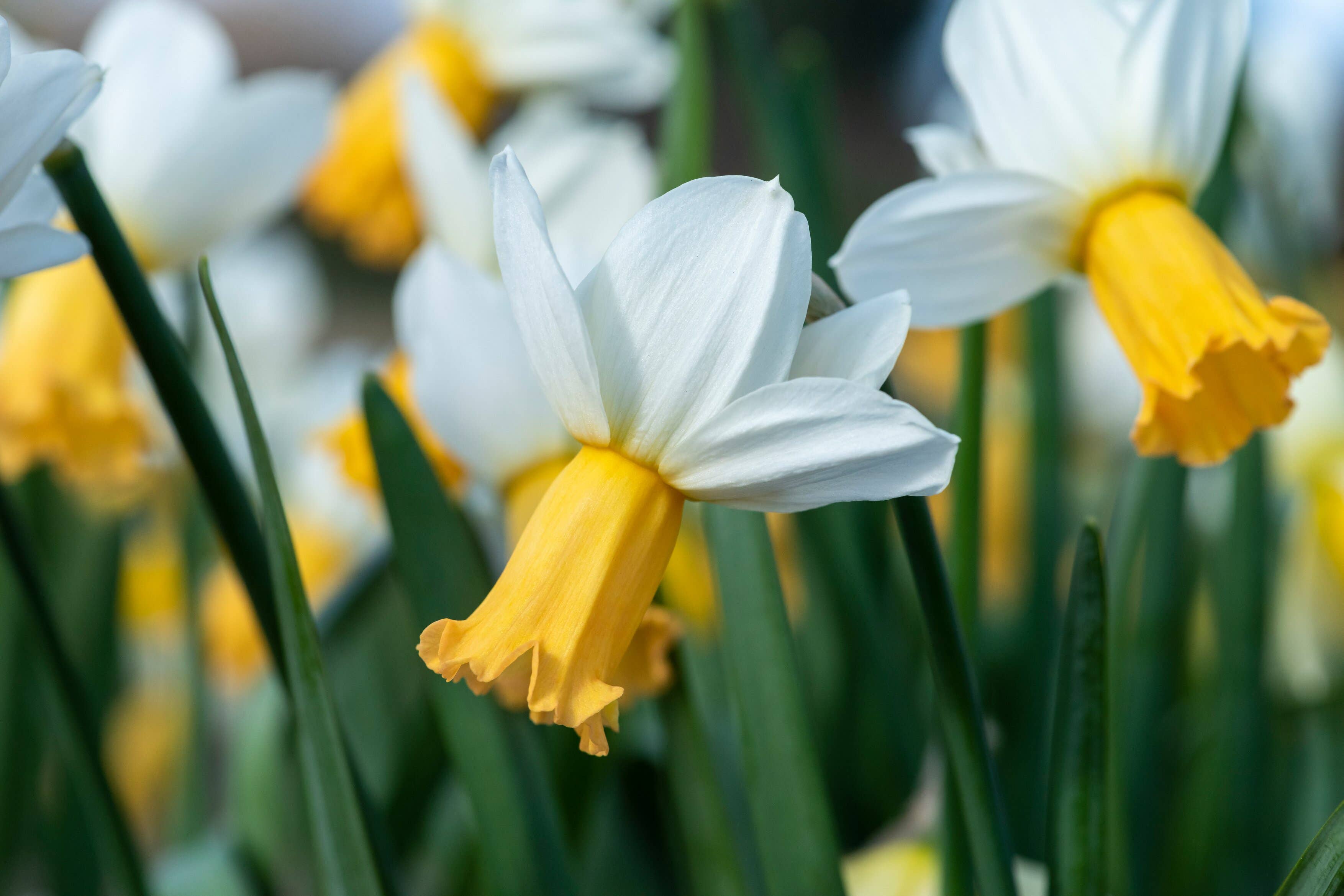
In Victorian times, expressing one’s feelings to someone was considered improper and could even be scandalous, especially if the feelings were not reciprocated. In such cases, daffodils were often used to convey these emotions without directly stating them. For example, sending a bouquet of daffodils to a person could mean that the sender has feelings for them that are not being returned.
Apart from unrequited love, daffodils also conveyed feelings of regard. Regard is a feeling of respect, admiration, and affection towards someone. Daffodils were often given as a gift to express admiration and appreciation for someone. The delicate and elegant appearance of daffodils conveyed a sense of admiration, while the bright and vibrant color represented affection.
Daffodils held a significant place in the Victorian Flower Language, representing unrequited love and regard. These beautiful and vibrant flowers were not just admired for their physical appearance, but also appreciated for their ability to convey deep emotions and sentiments without words. Today, daffodils continue to hold a special place in our hearts, reminding us of the power of flowers to convey feelings that are often difficult to express.
Hyacinths
The Victorian era was a time of strict social etiquette and traditions, and one of the ways in which people communicated their feelings was through the use of flowers. Each flower had a specific meaning attached to it, and this was known as the “language of flowers” or floriography. This allowed people to express themselves without saying a word, making it a popular form of communication during that time.
One such flower that held great significance in the Victorian flower language was the hyacinth. The hyacinth is a fragrant spring flower that comes in various colors such as pink, purple, white, and blue. It is believed to have originated from Turkey and was brought to Europe in the 16th century.
In Victorian times, the hyacinth was associated with the virtues of constancy and sincerity. This is because the flower blooms at the same time every year, making it a symbol of consistency and dependability. Its strong and long-lasting scent also represents sincerity and truthfulness.

The Victorians believed that the color of the hyacinth also played a role in its symbolism. For instance, the pink hyacinth was associated with playfulness and joy, while the purple hyacinth represented sorrow and deep emotions. The white hyacinth, on the other hand, was a symbol of innocence and purity, and the blue hyacinth was often linked to calmness and peace.
Aside from its symbolic meanings, the hyacinth was also highly valued for its beauty and fragrance. It was often used to create elaborate bouquets and floral arrangements, especially during special occasions like weddings and festivals. The Victorians also used hyacinths as a way of expressing their feelings towards someone. For example, giving a bouquet of pink hyacinths could convey feelings of admiration and affection.
The Victorian flower language placed great importance on the hyacinth as a symbol of constancy and sincerity. Its beauty and fragrance, along with its various colors and presentation, made it a popular choice for expressing one’s feelings during that time. Today, the tradition of using flowers to convey emotions may not be as prevalent, but the symbolism and charm of the hyacinth remain unchanged.
Conclusion
The Victorian language of flowers was an intricate, nuanced method of communication. During a time of strict etiquette, flowers provided a way to express emotion and exchange messages covertly. From romance and courtship to mourning and commemorations, blooms carried great significance. The traditional meanings behind flowers continue to influence symbolism today. Understanding floral symbolism allows you to craft Victorian-inspired messages perfect for special occasions and everyday sentiment.
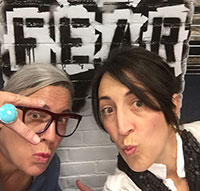
We’re Emma Carole Paradis and Kimberly Carole, the owners and designers of Impeccable Nest, based in Bedford, New Hampshire. A mother-daughter team with a love of design. Originally from Manhattan Beach, California, now based in Bedford, New Hampshire, we bring a Southern California cool and New England tradition to our design. Not only do we work together…we also live together in a multi-generational home…and a home that they are known to design for others.
